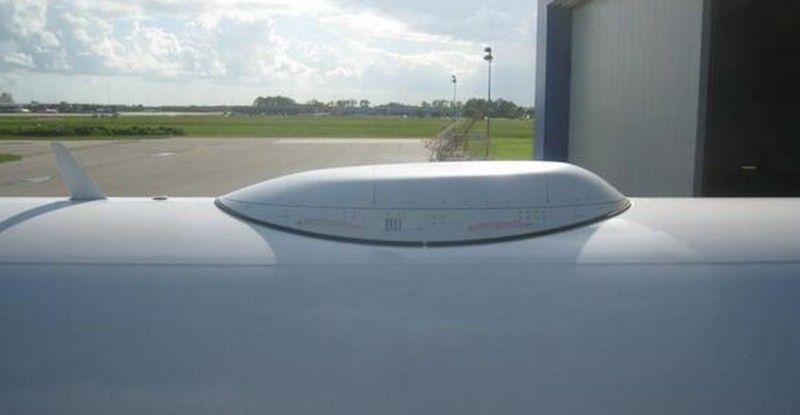JetBlueʼs decision to finally sell its LiveTV subsidiary to Thales could help propel the carrier to its declared goal of a 7% return on invested capital (ROIC) as the airline works to recoup a missed return target in 2013.
The carrier will net $400 million from the LiveTV divestiture, which results in a sizable gain from the $41 million JetBlue paid for LiveTV in 2002.
A couple days prior to JetBlueʼs revelation that it would sell its satellite television and connectivity subsidiary, carrier CEO Dave Barger reiterated to investors that JetBlue would reach its previously-declared 7% ROIC goal for 2014 after missing its target of a one percentage point annual improvement in 2013. During 2013 JetBlueʼs ROIC was 5.3% versus 4.8% the year prior. Previously, JetBlue has outlined varying factors for missing its ROIC goals in 2013, including higher anticipated engine costs on its Embraer E-190s and some overhang from “Superstorm Sandy” that pummeled the US east coast in late 2012.
During LiveTVʼs annual customer conference last week in Orlando, JetBlue CFO Mark Powers emphasized that while LiveTV was core to the carrierʼs brand, “it certainly as a subsidiary was not core to our corporate structure and frankly our capital expenditures”.
After fielding perfunctory questions for years from investors over when JetBlue would monetise LiveTV, the sale should bolster investor confidence that the carrier is working to strengthen its balance sheet. Prior to the sale, JetBlue estimated that between 2008 and 2013 it cut net debt by $600 million while expanding its fleet by 35%. The $400 million gained from the LiveTV sale should help drive down its debt-capital-ratio below its current 59%. JetBlueʼs unit costs excluding fuel are expected to rise 3% to 5% in 2014, so the gain from selling LiveTV could also help ease some of that cost-creep.
Just two years ago Powers admitted there was no compelling reason why JetBlue should own LiveTV; but noted it would hold out until the debate over Ka and Ku-satellite band connectivity played out. JetBlue launched Ka-powered connectivity in December 2013 and remains bullish over its supremacy over Ku-band-supported Wi-Fi and the air- to-ground solution offered by Gogo.
Even as JetBlue stands to bolster shareholder sentiment from the LiveTV sale, Powers stressed, “I was not chasing a deal. The criteria given to me by the board [JetBlueʼs board of directors] was to find the right partner.” He remarked that the mandate for the sale was “who could purchase and fuel LiveTV with the means and tools to really take to the next future both in terms of innovation as well as support as weʼre all moving into a Ka world. The whole notion of getting that support that weʼve enjoyed on the TV side is absolutely critical and again core to the brand”.
Still, it does not hurt to have a $400 cushion as JetBlue works to achieve its stated returns.











